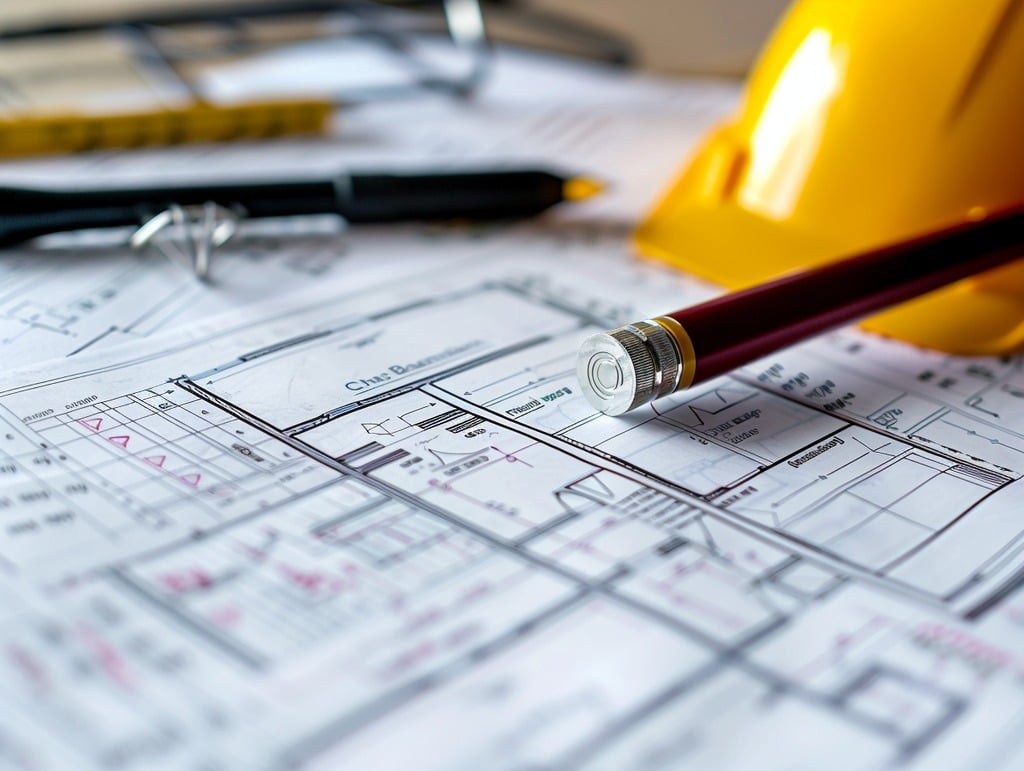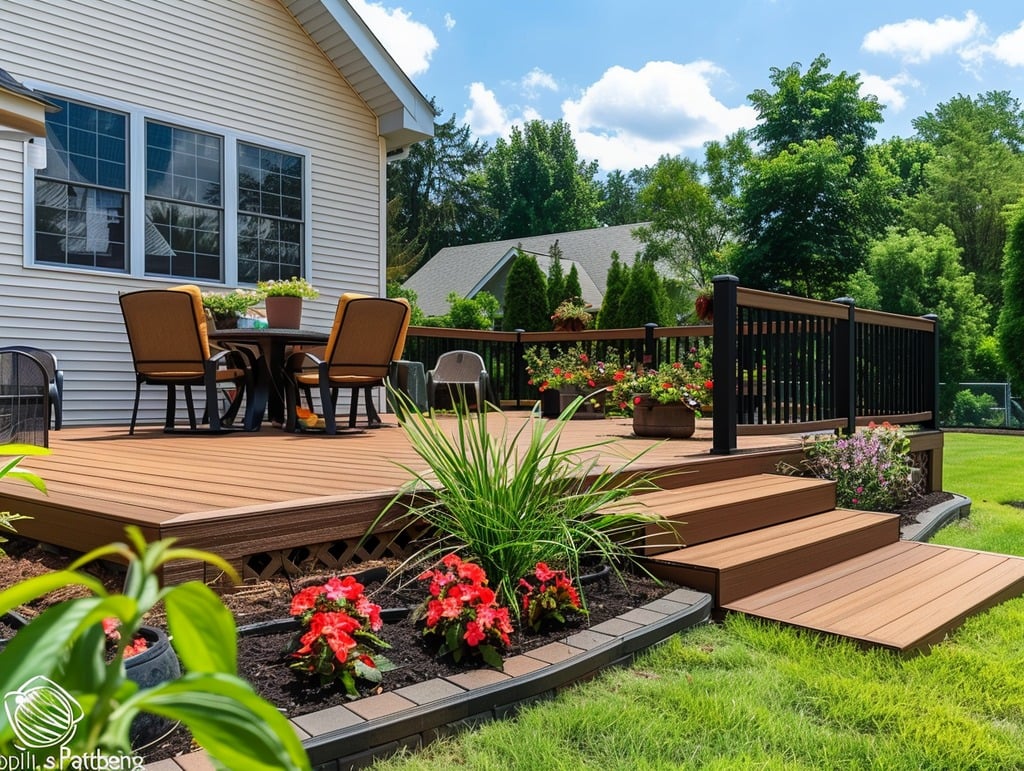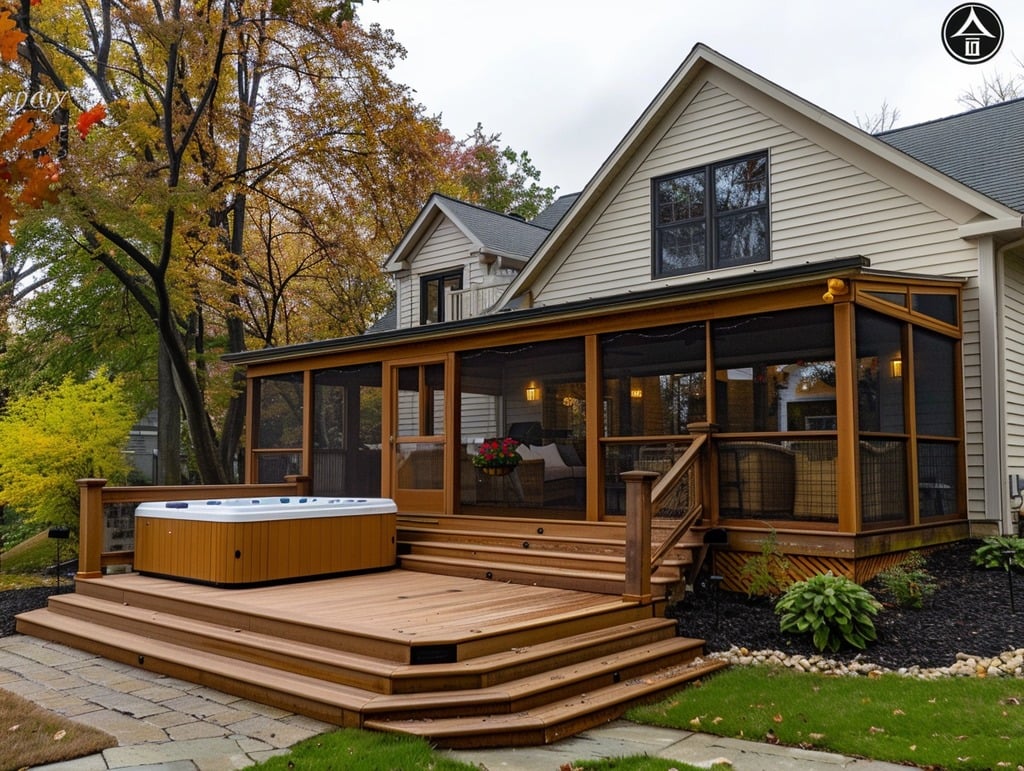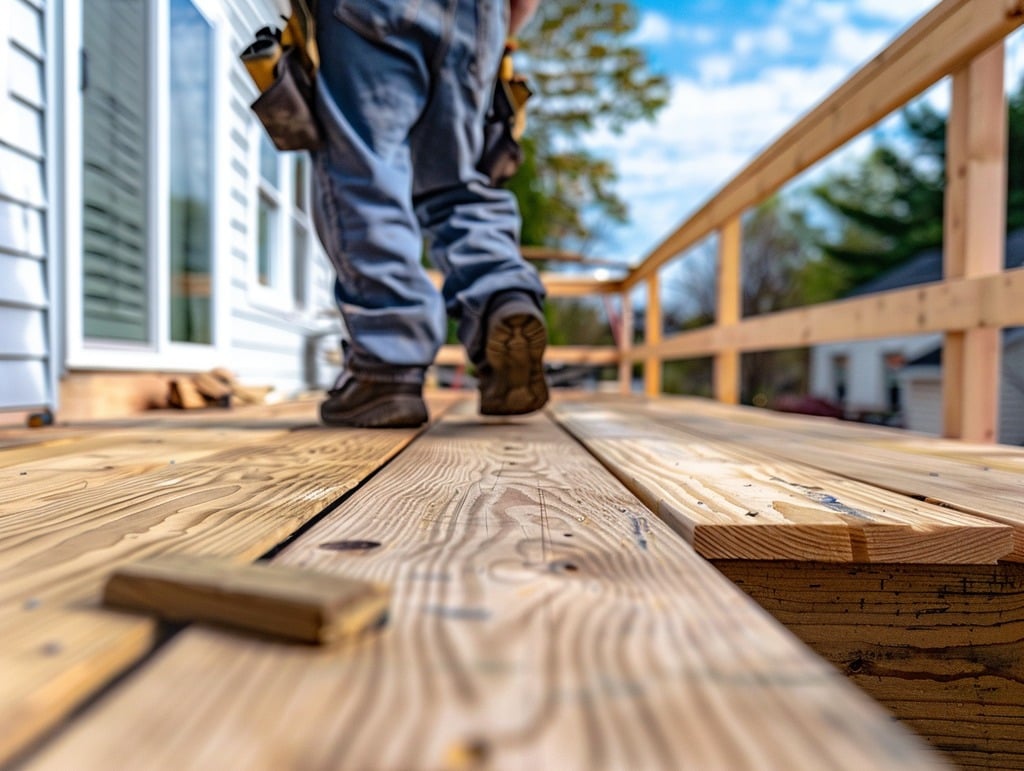Thinking about adding a deck to your home? A deck can be a wonderful extension of your living space, perfect for outdoor gatherings, relaxing with a book, or enjoying a barbecue. But before you dive into building, there are a few key things you need to know to ensure your project goes off without a hitch.
This guide will walk you through the top 5 essential things to consider before building a deck, helping you avoid common pitfalls and make informed decisions. Ready to get started?
1. Planning and Permits
First things first, planning is crucial. Before you even think about picking up a hammer, you need to have a solid plan in place. Consider the size, location, and purpose of your deck. Do you want a small, intimate space or a large area for entertaining? Where will it be located in relation to your house and yard?
Once you have a plan, check with your local municipality about any required permits. Building codes vary by location, and you don’t want to start your project only to find out it’s not up to code. Permits ensure that your deck is safe and meets all local regulations.
2. Choosing the Right Materials
The materials you choose for your deck will impact not only its appearance but also its durability and maintenance needs. Here are a few common options:
- Pressure-Treated Wood: Affordable and widely available, but requires regular maintenance to prevent rot and decay.
- Composite Decking: Made from a mix of wood fibers and plastic, composite decking is low-maintenance and durable, though it can be pricier.
- Cedar or Redwood: Naturally resistant to rot and insects, these woods are beautiful but can be expensive and require regular upkeep.
- PVC Decking: Completely synthetic, PVC decking is highly durable and low-maintenance, but it can look less natural than wood or composite options.
Consider your budget, maintenance preferences, and the look you want to achieve when selecting your materials.
3. Design and Layout
Your deck’s design and layout should complement your home and meet your needs. Think about how you’ll use the space. Do you need built-in seating, planters, or storage? How about a pergola or awning for shade?
Pay attention to traffic flow and how people will move between your deck and other parts of your yard or home. Using software or consulting with a professional designer can help you visualize the space and make sure everything fits together nicely.
4. Budgeting
Building a deck is a significant investment, so it’s essential to have a clear budget. Consider all the costs involved, including:
- Materials
- Labor (if you’re hiring a contractor)
- Permits
- Tools and equipment
- Additional features like lighting or built-in furniture
It’s wise to set aside a contingency fund for unexpected expenses. Getting quotes from several contractors can help you get a realistic idea of the costs and avoid any budget surprises.
5. Safety and Maintenance
Safety should be a top priority in your deck design. Ensure that your deck is structurally sound and that railings and stairs meet local building codes. Non-slip surfaces are also crucial, especially if you live in a wet climate.
Regular maintenance will extend the life of your deck and keep it looking great. This includes cleaning, sealing, and inspecting for any signs of wear or damage. Setting up a maintenance schedule can help you stay on top of these tasks.
Conclusion
Building a deck is an exciting project that can greatly enhance your outdoor living space. By taking the time to plan, choosing the right materials, designing thoughtfully, budgeting carefully, and prioritizing safety and maintenance, you can ensure your deck is a beautiful and functional addition to your home.
Ready to start building? Make sure to follow these essential tips to avoid common pitfalls and create a deck that you’ll enjoy for years to come.
Got any questions or tips of your own to share about deck building? Drop them in the comments below!








